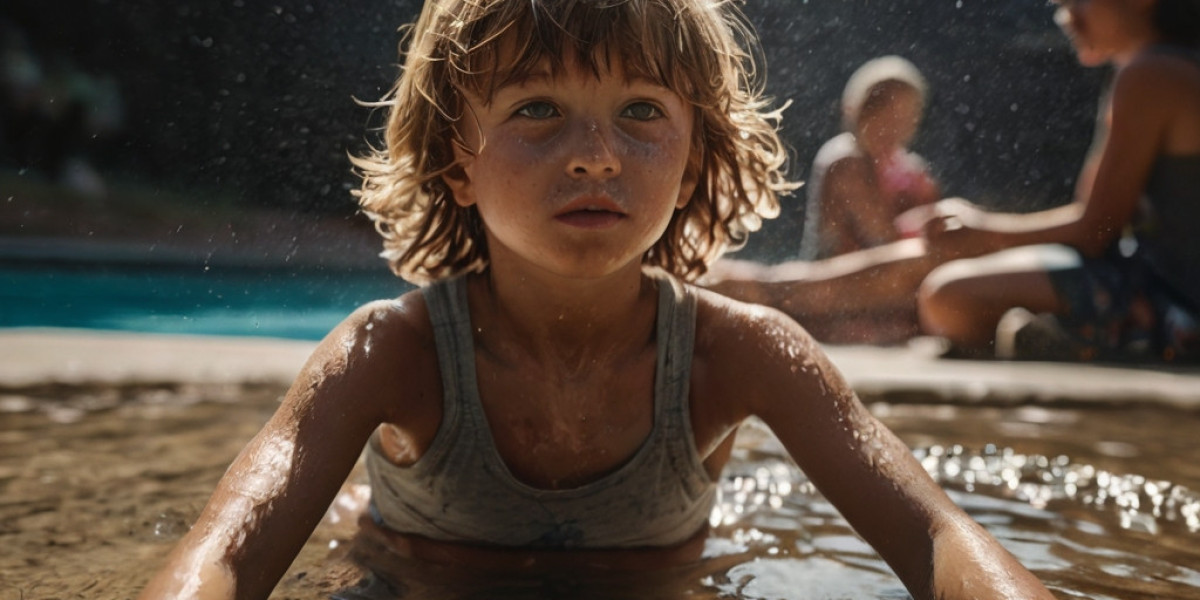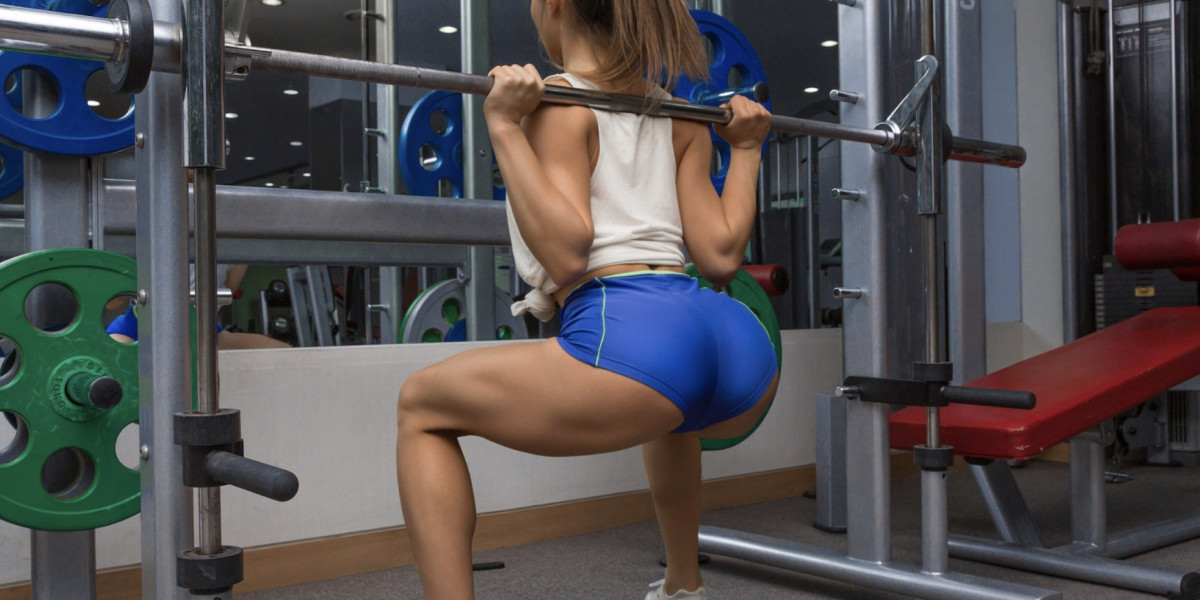As temperatures soar and heat waves become more frequent and intense, it's essential to find ways to stay cool and safe. Prolonged exposure to extreme heat can lead to serious health issues, including heat exhaustion and heat stroke. This comprehensive guide provides practical tips and strategies to beat the heat wave and protect yourself and your loved ones.
Understanding the Dangers of Heat Waves
How to Beat the Heat Wave?
Health Risks
Heat waves can pose significant health risks, particularly for vulnerable populations such as the elderly, children, and those with preexisting medical conditions. The primary health concerns associated with heat waves include dehydration, heat exhaustion, and heat stroke.
- Dehydration: Occurs when the body loses more fluids than it takes in, leading to symptoms such as dry mouth, dizziness, and dark-colored urine.
- Heat Exhaustion: Characterized by heavy sweating, weakness, cold, pale and clammy skin, and a rapid pulse. It requires immediate action to cool down and rehydrate.
- Heat Stroke: A severe condition marked by a high body temperature (above 103°F), hot and dry skin, confusion, and loss of consciousness. Heat stroke is a medical emergency that requires immediate intervention.
Environmental Impact
Beyond personal health risks, heat waves can also strain infrastructure, increase energy consumption, and exacerbate air pollution. High temperatures can cause roads to buckle, power grids to fail, and air quality to deteriorate, leading to widespread discomfort and danger.
Staying Hydrated
Importance of Hydration
Staying hydrated is crucial during a heat wave. Water helps regulate body temperature, lubricate joints, and transport nutrients throughout the body. Dehydration can exacerbate the effects of heat and lead to serious health issues.
Tips for Staying Hydrated
- Drink Plenty of Water: Aim to drink at least 8-10 glasses of water daily. Increase intake if you are active or spending time outdoors.
- Avoid Caffeine and Alcohol: Both can contribute to dehydration. Opt for water, herbal teas, or electrolyte-replenishing drinks.
- Eat Water-Rich Foods: Incorporate fruits and vegetables like watermelon, cucumbers, and oranges into your diet.
- Set Reminders: Use phone alarms or apps to remind yourself to drink water regularly.
Keeping Your Home Cool
Use Air Conditioning Wisely
Air conditioning is one of the most effective ways to keep your home cool, but it can also be expensive. Use it efficiently to stay comfortable without breaking the bank.
- Set Thermostat Wisely: Keep your thermostat at a comfortable but not excessively low temperature. Around 78°F (25°C) is recommended.
- Close Curtains and Blinds: Block out direct sunlight during the hottest parts of the day.
- Use Ceiling Fans: They can help circulate cool air and reduce the load on your air conditioner.
Natural Cooling Techniques
- Cross Ventilation: Open windows on opposite sides of your home to create a cross-breeze.
- Cool Down Your Body: Take cool showers, use damp cloths on your neck and wrists, and wear lightweight, breathable clothing.
- Limit Heat-Producing Activities: Avoid using ovens, stoves, and other heat-producing appliances during the hottest part of the day.
Staying Cool Outdoors
Timing Your Activities
Plan outdoor activities for the cooler parts of the day, such as early morning or late evening. Avoid strenuous activities during peak heat hours, typically between 10 a.m. and 4 p.m.
Dressing Appropriately
Wear loose, light-colored clothing made from breathable fabrics like cotton or linen. A wide-brimmed hat and sunglasses can provide additional protection from the sun.
Finding Shade
Whenever possible, stay in shaded areas. Parks, wooded areas, and buildings can offer relief from direct sunlight. Portable umbrellas or shade structures can also be helpful.
Protecting Your Health
Recognizing Heat-Related Illnesses
Being able to identify the signs of heat-related illnesses can prevent serious health complications.
- Heat Rash: Small red bumps on the skin, usually in areas that are sweaty or have tight clothing.
- Heat Cramps: Painful muscle spasms, usually in the legs or abdomen, caused by excessive loss of salts and water.
- Heat Exhaustion: Symptoms include heavy sweating, weakness, dizziness, nausea, and a rapid pulse. Move to a cooler place, drink water, and use wet cloths to cool down.
- Heat Stroke: Symptoms include a high body temperature, red, hot, dry skin, confusion, and unconsciousness. Seek emergency medical help immediately.
Preventive Measures
- Stay Informed: Keep track of weather forecasts and heat advisories.
- Check on Vulnerable Individuals: Ensure that elderly neighbors, family members, and friends are staying cool and hydrated.
- Use Sunscreen: Protect your skin from harmful UV rays by applying a broad-spectrum sunscreen with an SPF of at least 30.
Cooling Centers and Community Resources
Utilizing Public Resources
Many communities open cooling centers during extreme heat events. These are air-conditioned facilities where people can go to escape the heat.
- Locate Cooling Centers: Check local government websites or community centers for information on cooling center locations.
- Transportation Assistance: Some areas provide transportation to and from cooling centers for those who need it.
- Community Programs: Look for local programs offering assistance with utility bills or providing free fans and air conditioning units to those in need.
Adapting Your Lifestyle
Energy-Saving Tips
Reducing energy consumption during a heat wave not only helps the environment but also lowers your utility bills.
- Use Energy-Efficient Appliances: Opt for appliances with an Energy Star rating.
- Unplug Devices: Unplug electronics and appliances when not in use to reduce heat output.
- Cook Outside: Use a grill or microwave instead of the oven to keep your home cooler.
Long-Term Solutions
Consider long-term changes to make your home more heat-resistant.
- Install Insulation: Proper insulation can keep your home cooler in the summer and warmer in the winter.
- Upgrade Windows: Energy-efficient windows can reduce heat gain.
- Plant Trees: Trees and shrubs around your home can provide natural shade and cooling.
Conclusion
Surviving a heat wave requires a combination of proactive measures, smart habits, and community resources. By staying hydrated, keeping your living spaces cool, dressing appropriately, and recognizing the signs of heat-related illnesses, you can protect yourself and your loved ones from the dangers of extreme heat. Additionally, taking advantage of public resources and adapting your lifestyle can help you beat the heat more effectively.



